The former C&O Cincinnati to Chicago line ran through a section of town known as Old Richmond. Situated on the east rim of the Whitewater Gorge, Old Richmond is the location of the original settlement of the city. The now abandoned rail line (below) ran along the east rim of the gorge starting at South Fifth St. just below this neighborhood and continued to the small yard and depot area on North Third St. From there it went under the old PRR bridge and curved to the left as it crossed the gorge and the east fork of the Whitewater River.
About midway, there was an interesting operation in the form of a steep switchback that left the mainline and descended to the floor of the gorge where it served a piano factory.
Founded as the Trayser Piano Company by George Trayser, James Starr and Richard Jackson in 1872, the company grew substantially and brothers James and Benjamin Starr moved operations to the Gorge in the 1880s A later merger with the Jesse French Company of Saint Louis saw the business incorporated as the Starr Piano Company in 1893.
By the late 1890s Starr Pianos held a world renowned reputation for quality and the company was part of an elite core of manufacturers that controlled nearly 75% of the piano market at the time. It’s hard to imagine today that the market for pianos was once so big. Remember that widely distributed recorded music was several decades in the future and at this time, a piano was a status symbol for the emerging middle class. The only way families could have the most recent popular music in their homes was by purchasing the sheet music and playing it themselves. Starr capitalized on player piano technology of the early 1900s by producing the pianos and the player rolls. Later still, the company branched out into recorded music by building a studio on the premises. The early greats of the jazz era such as Jelly Roll Morton, Duke Ellington, Louis Armstrong and countless others all recorded albums in Richmond. Blues and later early country music also had a strong presence with the Gennett Record label. Oddly enough, so did sound effects recordings for radio shows and general interest consumers.
Are you kidding me?
A piano factory at the bottom of a switchback in eastern Indiana farm county seems an unlikely, even comical combination; something a model railroader from the 1960-’70s might dream up. Yet from the late 1800s to 1949, the Starr Piano Company was a busy place. Commodities inbound were lumber for both pianos and shipping crates, coal (for the power plant), perhaps spools of piano wire, maybe even the brass castings for the soundboards (that’s anybody’s guess). Certainly safe to assume that machinery, repair parts and other related hardware, along with finishing materials might have also arrived by rail. The main outbound product would, of course be finished pianos.
Since the company ceased operations in the late forties, I never saw any rail traffic on the switchback. In fact, I didn’t even know it existed until I discovered it in the 1970s, by which time it was long abandoned.
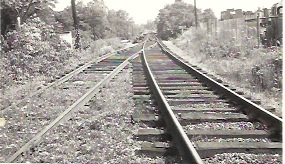
Looking north. The railroad bridge seen here has been severed by a new highway bridge over the gorge
The grade from the mainline is steep and I won’t even guess at the percentage. At the bottom there was a short tail track after the turnout that led to the plant sidings. The coal trestle was located a short distance from the top. Carved into the hillside, it fed coal by gravity into the power plant. Most of the factory workers lived in the neighborhoods surrounding the rim. To save them a very long walk, a set of concrete stairs was built from the rim to the floor of the gorge.
Having never seen any action firsthand, I can only imagine the fun this track arrangement provided train crews. In the modern steam era, power on this line mostly consisted of 2-6-6-2 Mallets and 2-8-2 Mikados for freight with 4-6-0s and an unusual 4-4-2 for passenger trains. This was due to bridge and curvature restrictions all along the line. I have no idea what the C&O used for switchers in Richmond. It could have been anything.
The existence of an operation like this begs closer examination on several fronts. Since it shut down in the late 1940s, diesel power would be unlikely to have worked the plant. The heyday was the period from the 1880s to the First World War, which suggests light steam power typical of the times. It also suggests that rail service was much more prevalent in the national economy, as roads were still under development and autos and trucks were in their infancy as a means of transportation. Clearly, this was an industry of a specific era. Something modelers don’t often take into consideration. We just default to the standard coalmine, paper mill, steel mill, and grain elevator mode and call our model traffic base done. More thought could be given to era-specific industry modeling or even to how an industry might change over time with regard to traffic mix and products. In the decades since closing, the buildings have deteriorated and some have been torn down. What remains is now being preserved as a historical site by the city.
Related links:
Morrisson Reeves Library historic images
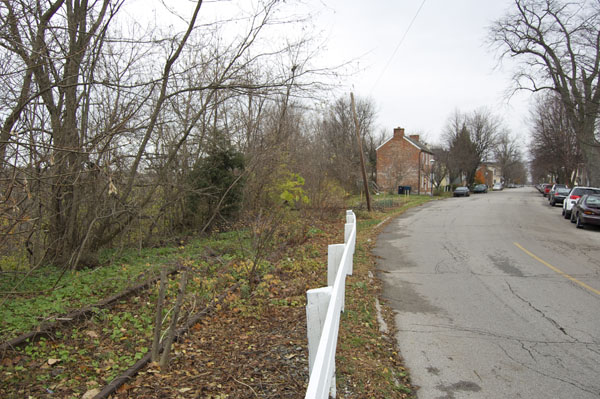
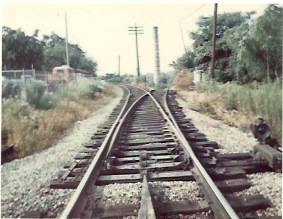
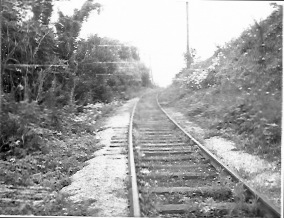

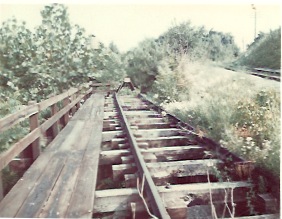
Mike,
Great story. Agree with you that we tend to forget certain industries. Small furniture companies, creameries, even industries that only received coal such as hospitals and universities at a heating plant. Even team tracks were busy in the 1900-WWI era. Lots of modelers overlook the period, Great time as a transition from all wood to wood/steel cars. Steam power was just starting to “get bigger”. For O scale it is a good period to model if you like the diversity of freight cars, and the smaller motive power. Not to mention the variety of industries.
Matt
Hi Matt,
All good points and well said.
Regards,
Mike